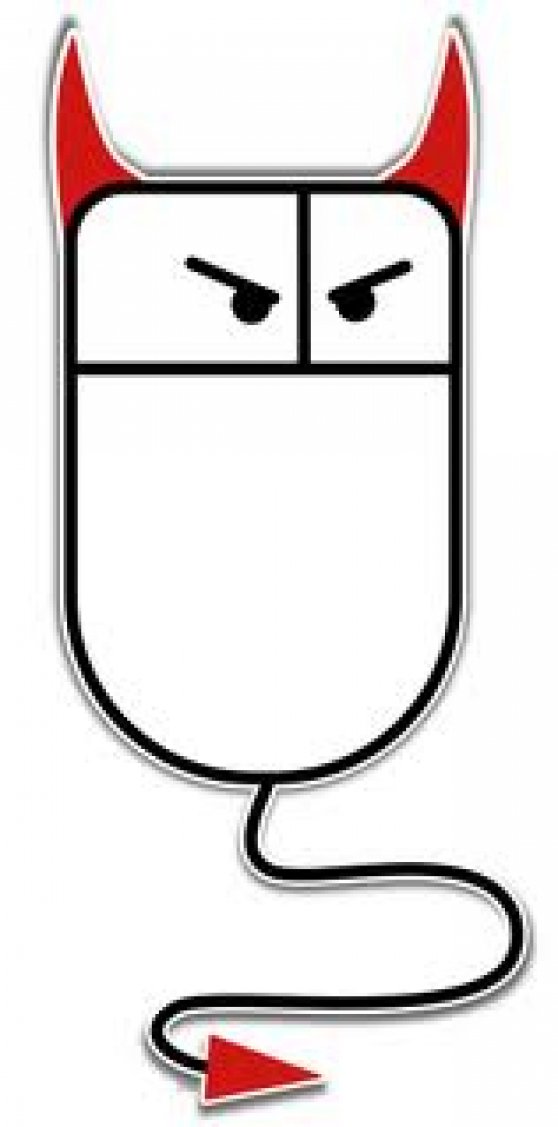Transcribes are weekly chats during which we share what we’ve learned recently and figure out what it means to us and our clients. We’ve all been deep into client work lately, putting Transcribe on a brief hiatus, but Transcribe came roaring back on Friday, led by Senior Executive Chief Transcribe Officertm Mason Smith.
We were recovering from Valentine’s Day on Friday, so conversation early in the Transcribe revolved around what sort of restaurants we went to to celebrate. In sharing recommendations, we found that “casual, dark, and cheap” was the sort of eatery that appealed to us, if not necessarily our significant others. We riffed on the ramifications of “casual, dark, and cheap” in different parts of our lives, stopping for a time to consider the Silk Road, a casual, dark, and cheap website that may have been created with the best intentions but turned out to be an eBay for drugs and all sorts of unsavory activities.
The four of us (1, 2, 3, 4) stepped back from the Silk Road example to probe what happens when innovation goes bad. That quickly segued into how designer use the dark arts to get good results, because two of us are reading a fascinating book on the topic, Chris Nodder’s Evil by Design. Nodder is an independent user experience consultant (he previously did time at Microsoft and the Nielsen Norman Group). In his day job, he makes products and services easier to use and more productive, but in Evil by Design he aims to “discover purposefully designed interfaces which make users emotionally involved in doing something that benefits you more than them.” Of course he isn’t really trying to take over the world via malevolent usability techniques (we think), but the examples he gives of evil usability do suggest ways companies might treat their customers better. Sometimes it’s through examples of bad behavior, which we pick up in casual, dark, and cheap places, that we can discover the tools to do right by our clients.

Back




